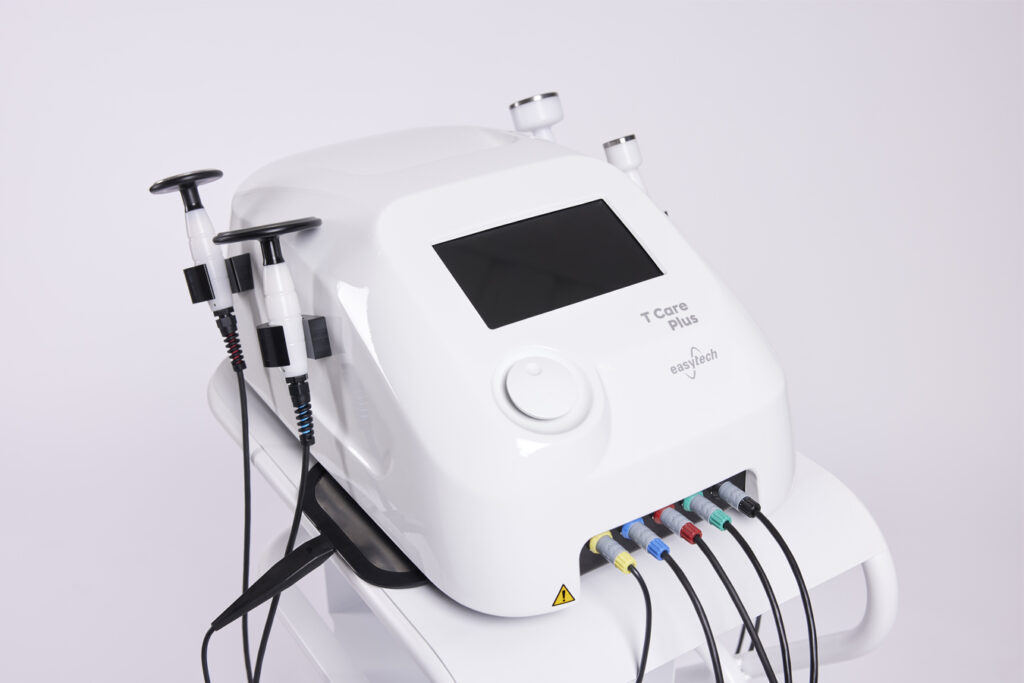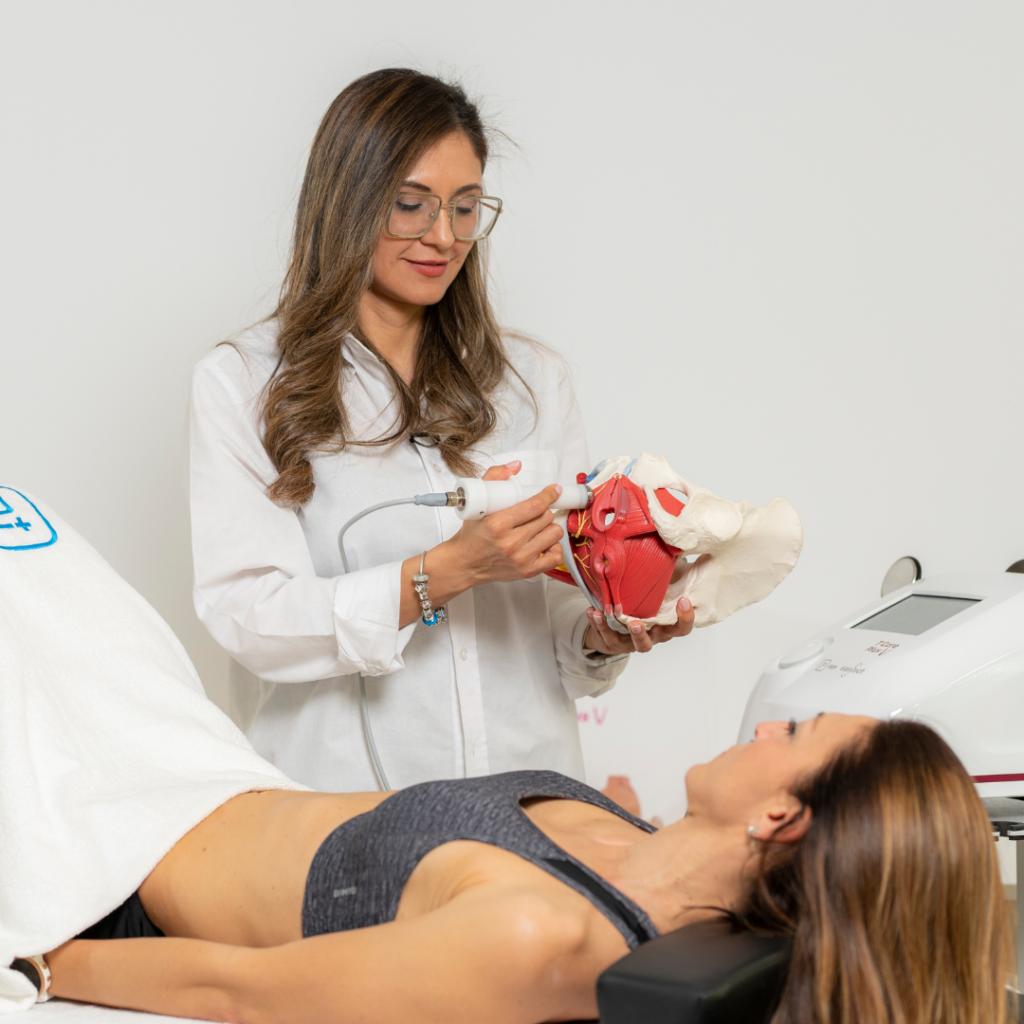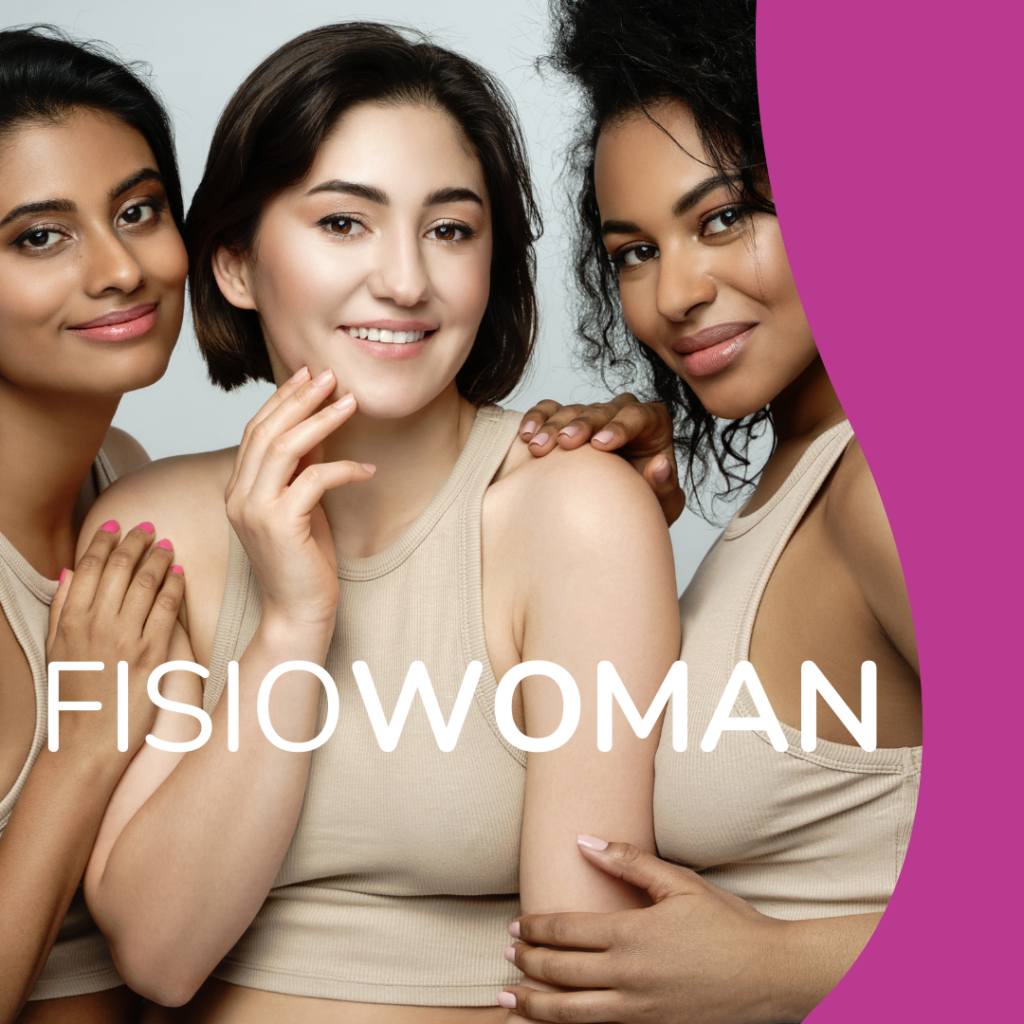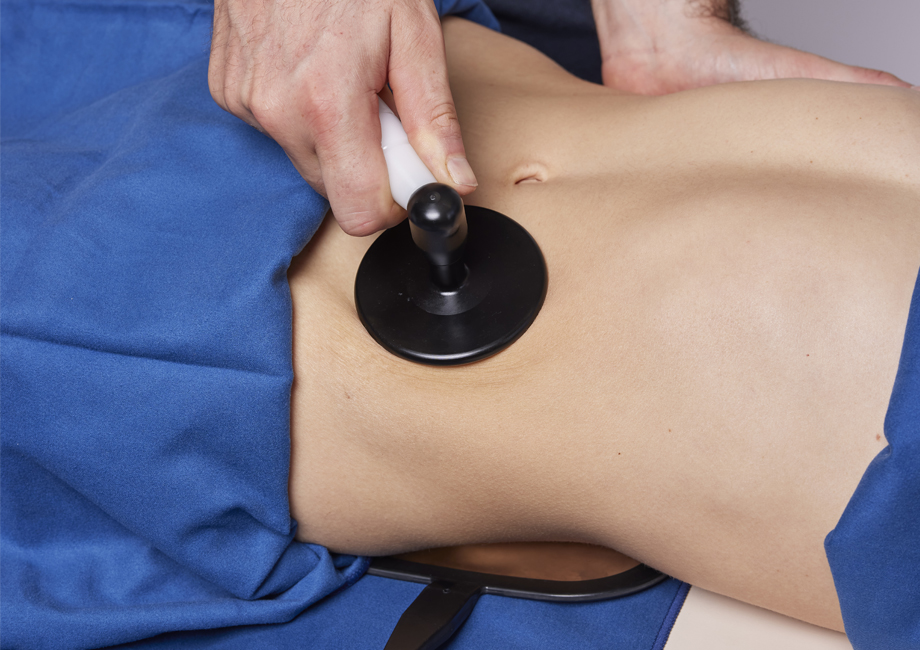
- What is a capsular contracture and what are the causes?
- How can tecar therapy help in these cases?
- How to treat capsular contractures with T Care Plus?
- When is it best to work in athermal mode?
- What are the obtainable effects with T Care Plus?
- Do you want to know more on this issue?
What is a capsular contracture and what are the causes?
Capsular contractures are one of the most common unwelcome effects that can result from breast augmentation or breast reconstruction surgery.
When performing this kind of surgery, an implant or a prosthesis is positioned in the desired area to augment the volume of the breasts to obtain the desired aesthetic outcome.
The implant can be placed in different locations: retroglandular, retromuscular, or partially retromuscular.
Furthermore the contracture happens when the fibrotic tissue which naturally covers the implant becomes hard and thick, therefore pressing down on the implant.
When this happens, patients can feel both pain and a thickening of the breast which oftentimes results in a deformation of the prothesis itself at the expense of the overall appearance of the breasts. Capsular contractures constitute in fact the first cause for undergoing a second breast surgery.
How can tecar therapy help in these cases?
Tecar therapy is one of the most efficient methods to treat capsular contractures. Using radiofrequencies improves elasticity and reduces pain, thus helping the patient avoiding a second surgery. In order to increase tecar therapy’s success rate and avoid the aggravation of the wound, it is often recommended starting the therapy as soon as possible.

How to treat capsular contractures with T Care Plus?
The parameters to be set on our T Care Plus device depend on the characteristics of the patient and on the specific stage of the wound. We might say that overall, when treating capsular contractions, the capacitive electrode works better on the more superficial tissues at a frequency of about 500 kHz if the prosthesis is retromuscular, 720 kHz if positioned under the glands or only partially retromuscular.
When is it advisable to work in athermal mode?
In case the wound has already become chronic, it is possible to work on it by using continued mode, while, when the wound is about to become chronic, pulse mode is preferable. In pulse mode, the thermal effect is less significant, therefore resulting in a much more tolerable sensation for patients, thanks also to the brief breaks between impulses which translates to a much more moderate thermal sensation.
What are the obtainable effects with T Care Plus?
Repeated treatment with T Care Plus decreases both thickening and pain, while fostering better flexibility of the tissues, consequently improving the patients’ quality of life.
Do you want to know more on this topic?
Contact us at: info@easytechitalia.com.








